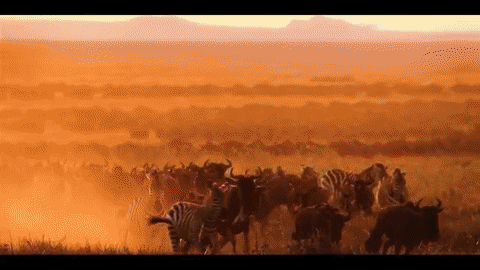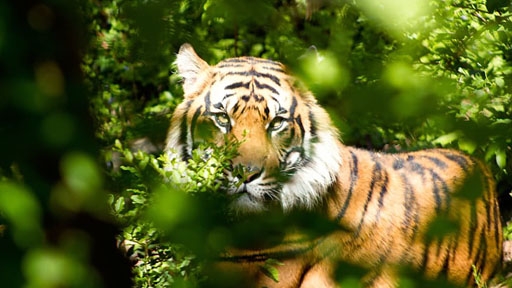
Earth is losing precious wildlife at a horrifying rate.
The 2016 Living Planet Report, published this past October by the World Wildlife Fund, declared that global wildlife populations declined by 58% between 1970 and 2012. This is a shocking revelation, and it means that if this trend continues, it will have declined by two-thirds by 2020.
Worker Lynne McTavish grieving for a rhino on the reserve who had been tragically killed by poachers. + pic.twitter.com/2ELFf7BVkZ
— CENİN (@ceninvoncatlien) June 23, 2016
The Living Planet Report’s findings are supported by studies such as ones on declining snake populations, European bird populations, and large herbivore populations. However, things are not as clear-cut as they may seem. The report focuses on vertebrate species – which fails to consider 97 percent of all animal species – and gets its data from journals, online databases, and government reports. And although these sources have been peer-reviewed, the Living Planet Report itself has not.
WWF deputy leader for wildlife Colby Loucks admitted that the data is condensed into a simple number; but some animal populations are decreasing faster than others, and some are actually increasing.

Dr. Barrett of WWF said in the report, “We do see particularly strong declines in the freshwater environment – for freshwater species alone, the decline stands at 81% since 1970. This is related to the way water is used and taken out of fresh water systems, and also the fragmentation of freshwater systems through dam building, for example.”
Meanwhile, animals such as bears and lynxes have been increasing in population size, as they are better at coexisting with humans than some other mammals. In addition, there is no way to know for sure whether or not current population trends will continue.

Though shocking, the 58% decrease in global wildlife populations should be taken with a grain of salt. That’s not to say, however, that animal populations are nothing to worry about. Some populations are declining quite rapidly, and will continue to do so unless something is done to slow or even reverse the current trends in population sizes.
Dr. Barrett continued, “It’s pretty clear under ‘business as usual’ we will see continued declines in these wildlife populations. But I think now we’ve reached a point where there isn’t really any excuse to let this carry on.”
The bottom line? We need to start taking better care of our planet regardless of the numbers.
Get inspired to act — watch this exclusive film from the 2016 Wildlife Conservation Film Festival:




